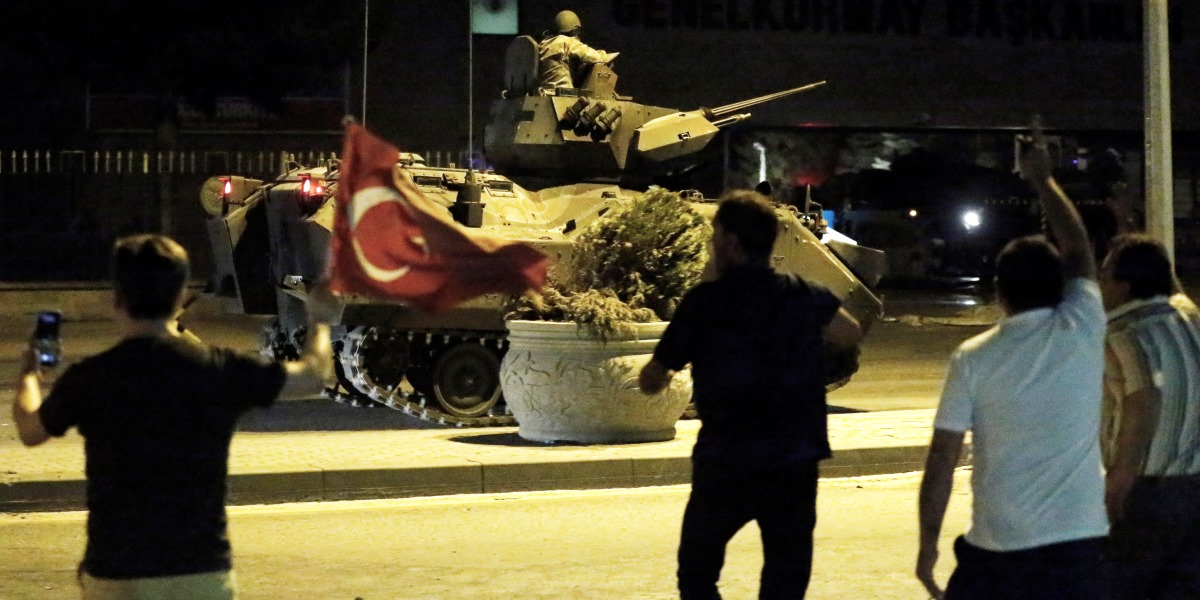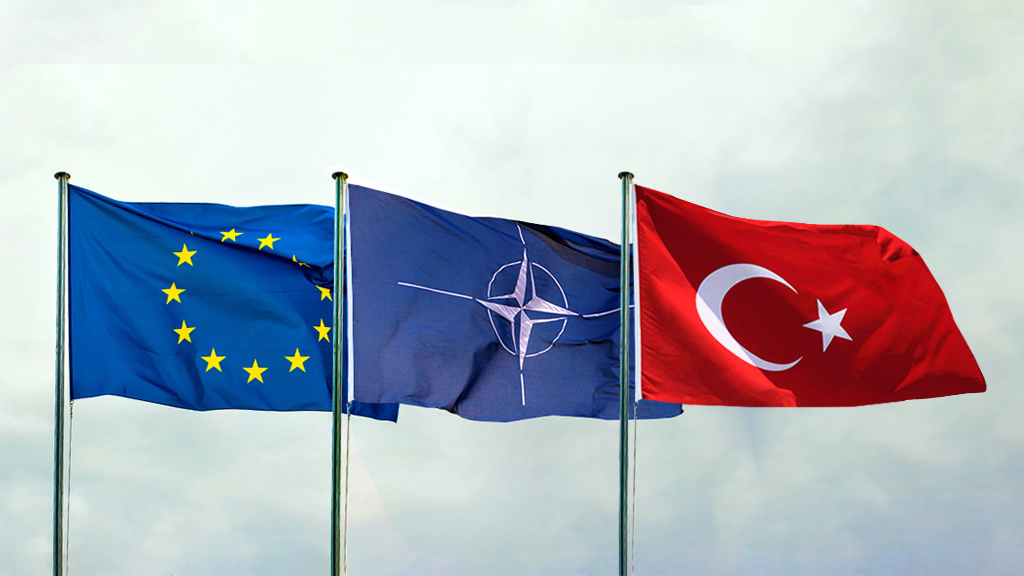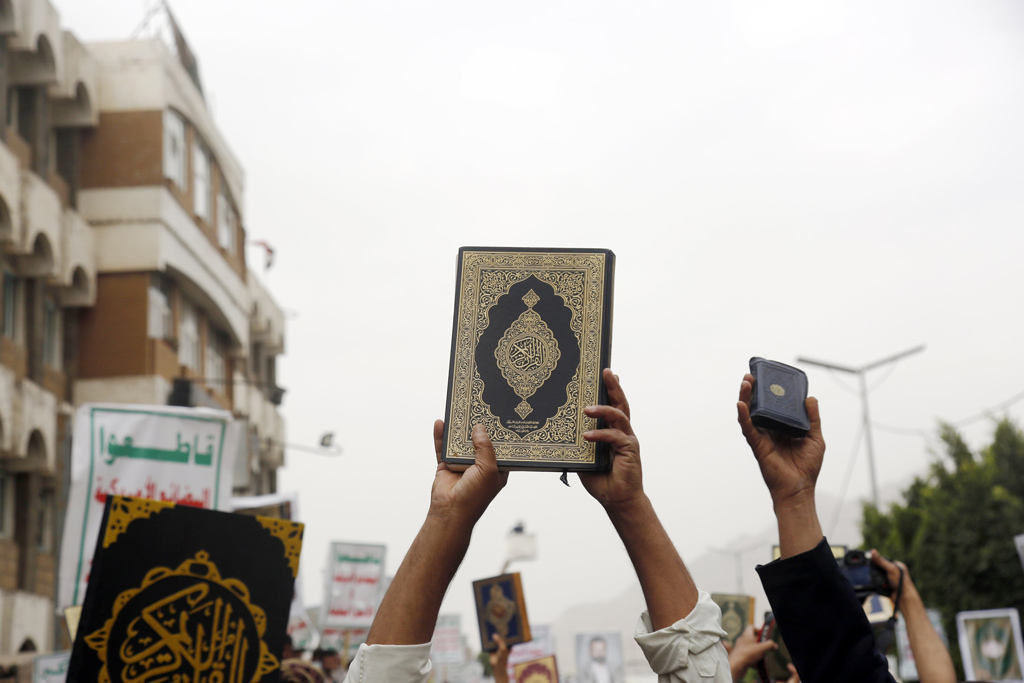The night of July 15 reminds me of Chingiz Aitmatov's excellent novel "A Day Lasts More Than a Hundred Years." It was a long night for the Turkish people. Since then, the government has tried to stop another attempt, prosecute the people responsible for the coup attempt and eradicate the "parallel structure" from the government. What Turkey went through on July 15 was something that many countries around the world have never experienced in their entire history. Parliament and the headquarter of the National Intelligence Organization (MİT) were attacked by planes and helicopters, major commanders, including the chairman of the chief of General Staff, were taken hostage, police headquarters were bombed and people were fired on. Coup forces also attempted to kidnap and assassinate President Recep Tayyip Erdoğan. And most tragically, all of these actions were carried out by a domestic enemy that infiltrated the security structures of the country and attempted to overthrow the democratically elected government to form a dictatorship. The enemy included Chief of General Staff Gen. Hulusi Akar and Erdoğan's closest guards or aides. Many countries have not experienced these events in their recent histories, but Turkey had to go through it in less than 24 hours. We have just started to learn what really happened that night.
Two weeks after the coup attempt by a group of putschists in Turkey, which cost the lives of hundreds of people but was prevented by the people's heroic resistance and politicians' resilience, we continue to learn new details about the tragic and fateful night of July 15. The incident and date have already found an important place in the history of Turkish democracy, and after the declaration of the state of emergency, the fight against the putschists and the different factions of the Gülenist Terror Organization (FETÖ), everybody is now trying to understand how this group could infiltrate the military and other government institutions and how it was able to launch the biggest armed offensive against the Turkish state and its people in recent history.
With every bit of testimony, new details emerge about the putschists' intentions and the planning and implementation of the coup attempt. As several members of the coup plotters, such as Levent Turkkan, Akar's aide, have already admitted, the goal was to remove the democratically elected government. This should end the skepticism among some regarding the genuineness of the coup attempt. It was neither a hoax nor theater, it was a real coup attempt, and its actors have started to reveal the truth. It has also been revealed that they even tried to reach the U.S. military to receive support and legitimacy during the process.
The first testimonies from detainees, the WhatsApp messages between the putschists and newly emerging CCTV footage and cellphone videos show some further disturbing facts about the coup attempt. First of all, soldiers shooting civilians was not an exceptional incident, as it was an order that was repeated in several instances by the commanding officers directing the coup attempt. In wounded civilians' statements, they said the officers at the top were giving the order to shoot civilians. If the momentum of the coup makers had not been broken by the people who went to the streets on Erdoğan's call to defend the democratically elected government, the putschists were ready to kill any civilian puttıng up resistance. Because of the early intervention by the public and political leaders, the number of people killed was significantly limited. Some of the videos that emerged this week also show that for the coup to have been successful, the putschists were ready to use all the weapons at their disposal against civilians. In one video, civilians who are sitting on the pavement were attacked by a tank. The video shows multiple individuals wounded. Another video shows that while civilians were standing in front of the Presidential Palace, a fighter jet attacked them with a missile. Yesterday in an interview, Erdoğan said that five people were killed in this attack. The order to shoot the civilians on the Bosporus Bridge, in Çengelköy, in Saraçhane and the helicopter attack on civilians in front of the headquarter of the General Staff in Ankara show that from very early on the putschists had made a decision to use weapons and kill whoever they had to.
Secondly, we also started to get some more details about the attempt of the putschists to kidnap and possibly assassinate Erdoğan in a hotel in Marmaris where he was on vacation. Especially after the arrests of putschists who had been on the run since July 15, new information has started to come out about the attempt to detain Erdoğan. The planning and implementation of this plan had them miss in that hotel, but they continued to search for him in the town. In the same interview, Erdoğan also explained this situation, saying that they missed him by 15 minutes to 20 minutes, but they continued to search for him and his family in the town. The bombing of Parliament, the attack on MİT headquarters and the headquarters of the National Police Department were coordinated with the attempt to kidnap and assassinate Erdoğan. This showed that their real goal was to totally decapitate the security mechanism and political leadership of the country in a very short period of time and replace them with their own people.Erdoğan also said in the interview that the putschists resisted for most of the night, but generals and commanders, such as the commander of the 1st Army, played an important role in stopping the aerial bombings and contributed to the putschists' defeat.
With the new testimonies and evidence, the story becomes scarier and the extent of the threat becomes more obvious. The fight that Turkey is giving becomes more visible and understandable with these details.
[Daily Sabah, August 1, 2016]







